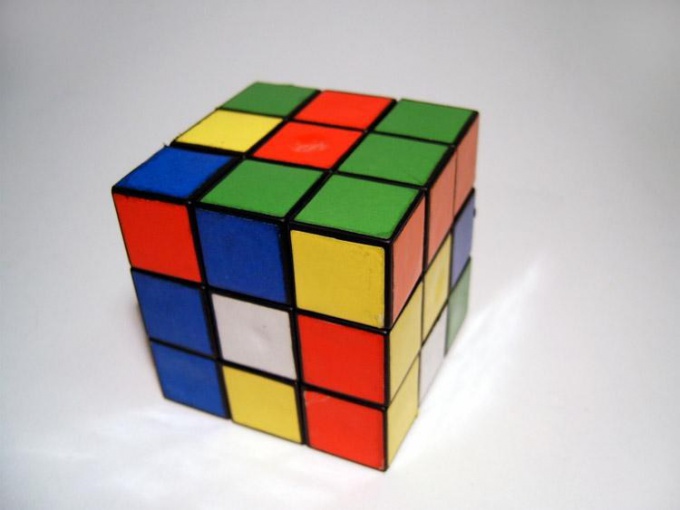Instruction
1
Direct is called a parallelepiped, whose four lateral faces rectangles. To calculate the volume we need the area of the base times the height V=Sh. Suppose the base of a parallelepiped is a parallelogram. Then the footprint will be equal to the product of its side on height spent to this side - S=AC. Then V=ach.
2
Called straight rectangular parallelepiped in which all six faces - rectangles. Examples: a brick, a matchbox. To calculate the volume we need the area of the base times the height V=Sh. The footprint in this case is the area of a rectangle is the product of the magnitudes of two of its sides S=ab, where a is width, b - length. So, obtain the required volume V=abh.
3
Sloping is called a parallelepiped, the side faces which are not perpendicular to the faces of the base. In this case, the volume equals the area of the base to a height - V=Sh. The height of the slanted parallelepiped perpendicular segment dropped from any of the top vertex on the corresponding side of base side faces (that is, the height of any lateral face).
4
A cube is called a direct box, which has all edges equal and all six faces are squares. The volume equals the area of the base to a height - V=Sh. Base - square, the base area of which is equal to the product of its two sides, i.e., the value side of the square. The height of the cube - the same size so the volume will be the size of the cube erected in the third degree is V=a3.
Note
The base of the box are always parallel to each other, it follows from the definition of the prism.
Useful advice
Dimension of the parallelepiped is the length of its edges.
Volume is always equal to the product of the square base to the height of the parallelepiped.
The volume of the slanted parallelepiped can be calculated as the product of the magnitude of the lateral edges of the square perpendicular cross-section.
Volume is always equal to the product of the square base to the height of the parallelepiped.
The volume of the slanted parallelepiped can be calculated as the product of the magnitude of the lateral edges of the square perpendicular cross-section.
